

Understanding the differences between wood and metal screws is crucial for any DIY enthusiast or professional. This guide will cover the key distinctions, materials, types, and applications to help you choose the right screw for your project, ensuring a secure and long-lasting hold.Understanding the Basics of Wood and Metal ScrewsWood and metal screws are both fasteners designed to hold materials together, but their designs cater to the specific properties of wood and metal. The primary differences lie in their thread design, point type, and materials used.Thread DesignWood screws typically have coarser threads than metal screws. These coarse threads are designed to grip into the wood fibers, providing a strong hold. The threads are also deeper, allowing the screw to pull the wood pieces together tightly.Metal screws, on the other hand, often have finer threads or machine threads. These threads are designed to tap into or mate with existing threads in metal. Self-tapping metal screws can create their own threads as they are driven into the metal.Point TypeWood screws generally have a sharp point that helps to start the screw into the wood. This point facilitates easier driving and prevents the wood from splitting.Metal screws can have various point types, including sharp, blunt, or self-drilling points. Self-drilling metal screws are designed to drill through metal without the need for a pilot hole, saving time and effort.MaterialBoth wood and metal screws can be made from various materials, including steel, stainless steel, brass, and aluminum. The choice of material depends on the application and the environment in which the screw will be used. For example, stainless steel screws are ideal for outdoor applications where corrosion resistance is important.Types of Wood ScrewsThere are several types of wood screws, each designed for specific applications: Flat Head Screws: These screws have a flat head that sits flush with the surface of the wood. They are commonly used in woodworking projects where a clean, finished look is desired. Round Head Screws: These screws have a rounded head that sits above the surface of the wood. They are often used in applications where the head is visible and adds to the aesthetic appeal. Oval Head Screws: These screws have a slightly rounded head with a countersunk bottom. They offer a compromise between flat and round head screws, providing a neat appearance while still offering good holding power. Drywall Screws: While technically wood screws, drywall screws are specifically designed for attaching drywall to wood studs. They have a bugle head that prevents tearing of the drywall paper.Types of Metal ScrewsMetal screws also come in various types, each suited for different metalworking applications: Machine Screws: These screws are designed to be used with pre-tapped holes or nuts. They have uniform threads and are available in various head styles, such as flat, round, and pan head. Self-Tapping Screws: These screws are designed to create their own threads as they are driven into metal. They are ideal for applications where tapping a hole is not practical. Self-Drilling Screws: As mentioned earlier, these screws can drill their own hole and tap threads simultaneously. They are commonly used in sheet metal applications. Sheet Metal Screws: These screws are specifically designed for joining sheet metal. They often have a sharp point and coarse threads for quick and easy installation.Choosing the Right Screw: Key ConsiderationsSelecting the appropriate wood or metal screw is essential for a successful project. Consider the following factors: Material: Choose a screw material that is compatible with the materials being joined. For example, use stainless steel screws for outdoor projects to prevent corrosion. Size: Select the appropriate screw length and diameter for the application. The screw should be long enough to penetrate both materials and provide a secure hold, but not so long that it protrudes through the other side. Head Type: Choose a head type that is suitable for the desired aesthetic and functionality. Thread Type: Select the appropriate thread type for the material being joined. Coarse threads are best for wood, while fine or machine threads are better for metal. Point Type: Consider the point type based on whether you need the screw to self-drill, self-tap, or require a pilot hole.Applications of Wood and Metal ScrewsWood screws are commonly used in a wide range of woodworking projects, including: Furniture construction Cabinet making Deck building FramingMetal screws are widely used in metalworking applications, such as: HVAC systems Automotive repair Sheet metal fabrication Appliance assemblyTips for Working with Wood and Metal Screws Use the Right Tools: Use a screwdriver or drill with the correct bit size to avoid stripping the screw head. Pre-Drill Pilot Holes: For hard woods or when using large screws, pre-drilling a pilot hole can prevent splitting. For metal, pre-drilling may be necessary unless using self-drilling screws. Apply Even Pressure: When driving screws, apply even pressure to avoid stripping the threads or damaging the material. Consider Screw Coatings: Various coatings can protect screws from corrosion and enhance their performance in different environments.Where to Buy High-Quality Wood and Metal ScrewsYou can find a wide selection of wood and metal screws at hardware stores, home improvement centers, and online retailers. For bulk purchases and specialized screws, consider contacting Hebei Muyi Import&Export Trading Co.,Ltd. Visit their website for more information on their extensive product range.Troubleshooting Common IssuesEven with careful planning, you might encounter issues when working with wood and metal screws. Here are some common problems and solutions: Screw Stripping: If a screw strips, try using a screw extractor or a larger screw. Screw Breaking: If a screw breaks, use a screw extractor to remove the broken piece. Ensure the screw is appropriately sized for the job to prevent future breakage. Wood Splitting: If wood splits, pre-drill a larger pilot hole or use a screw with a finer thread.Wood and Metal Screws: A Comparison TableHere's a quick comparison to help you understand the key differences at a glance: Feature Wood Screws Metal Screws Thread Type Coarse, Deep Threads Fine or Machine Threads, Self-Tapping Options Point Type Sharp, Self-Starting Sharp, Blunt, or Self-Drilling Material Steel, Stainless Steel, Brass, Aluminum Steel, Stainless Steel, Brass, Aluminum Common Applications Woodworking, Furniture, Cabinets Metalworking, HVAC, Automotive ConclusionChoosing the right wood and metal screws is essential for any construction or repair project. By understanding the differences in thread design, point type, materials, and applications, you can ensure a strong and durable hold. Remember to consider the specific requirements of your project and select the appropriate screw accordingly. Hebei Muyi Import&Export Trading Co.,Ltd offers various types of screws, if you have any needs, please contact them through https://muyi-trading.com.Disclaimer: The information provided in this article is for general guidance only. Always consult with a qualified professional for specific project recommendations.

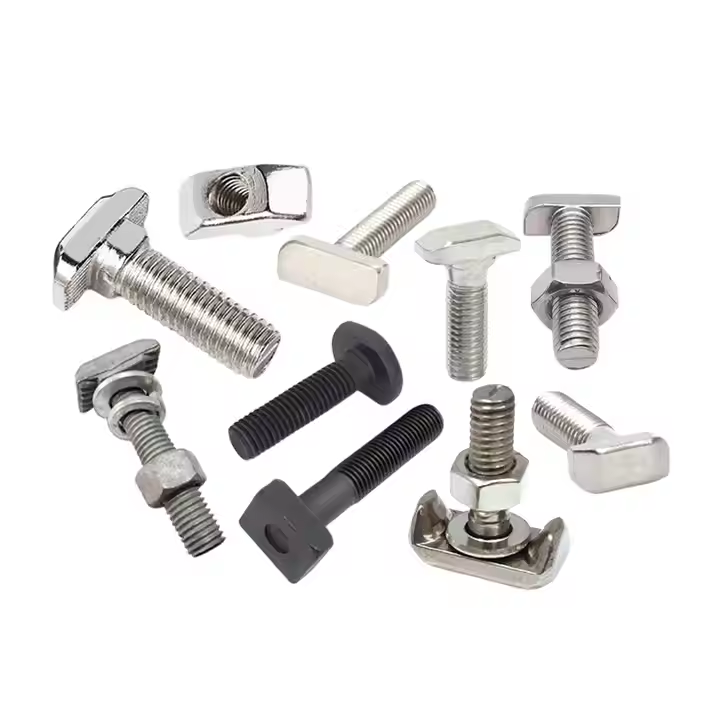

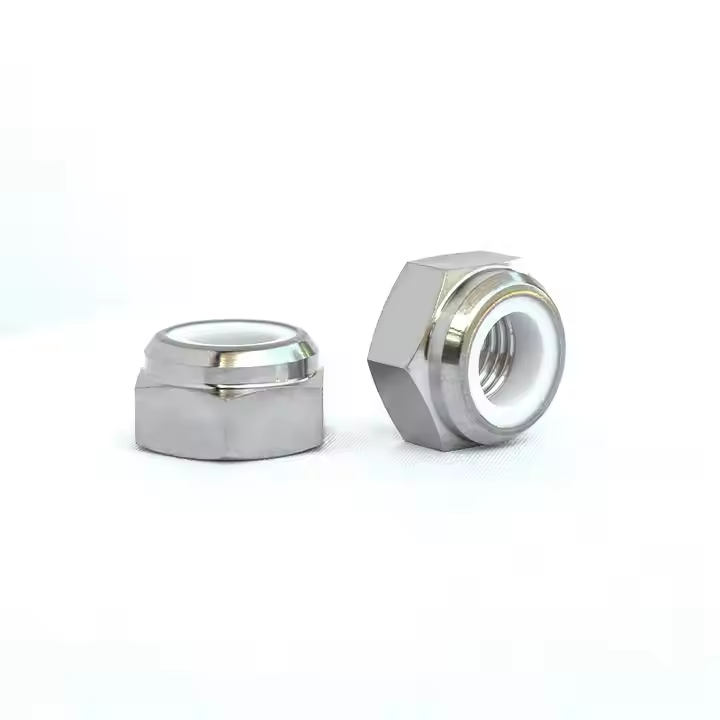

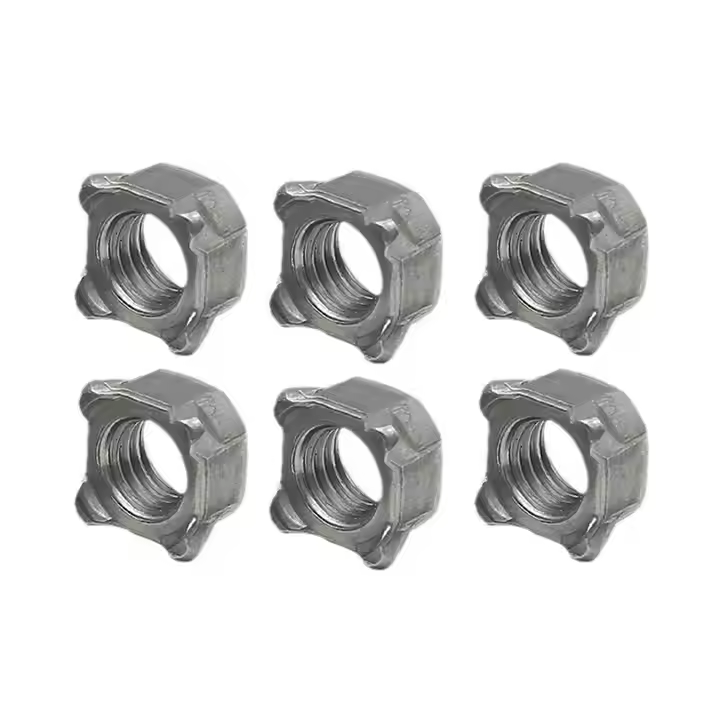
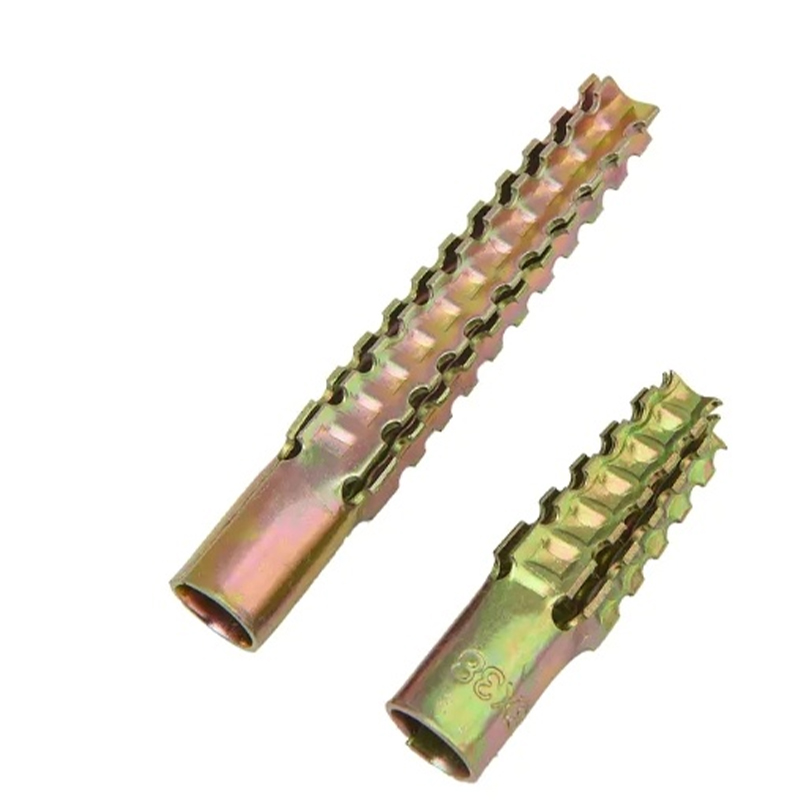

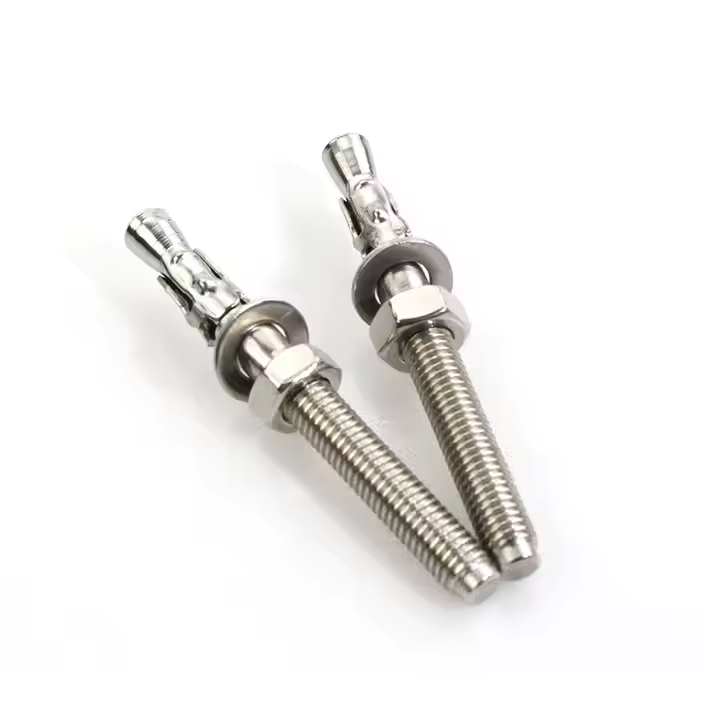

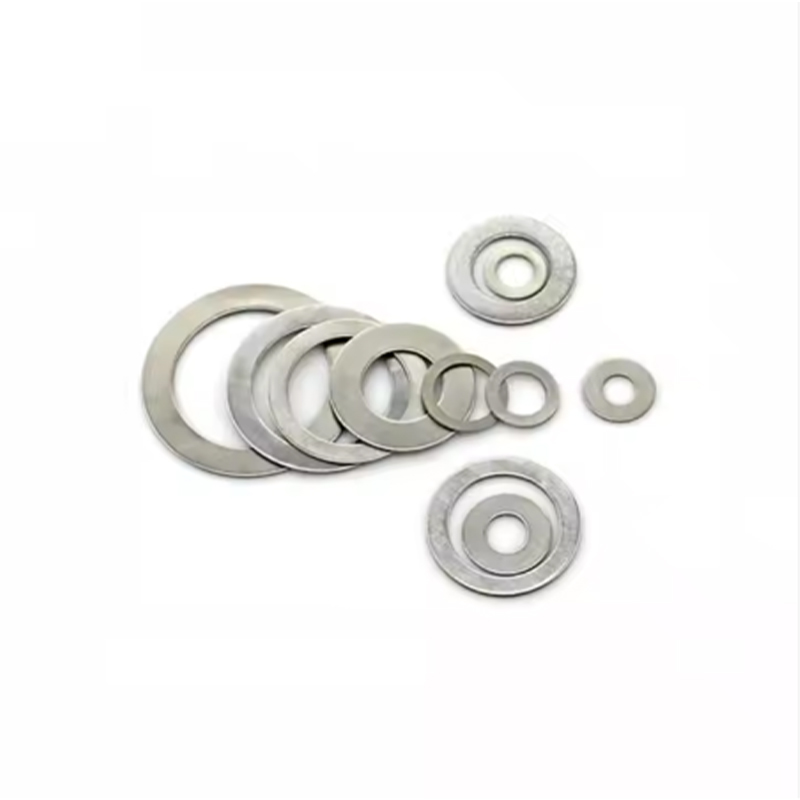
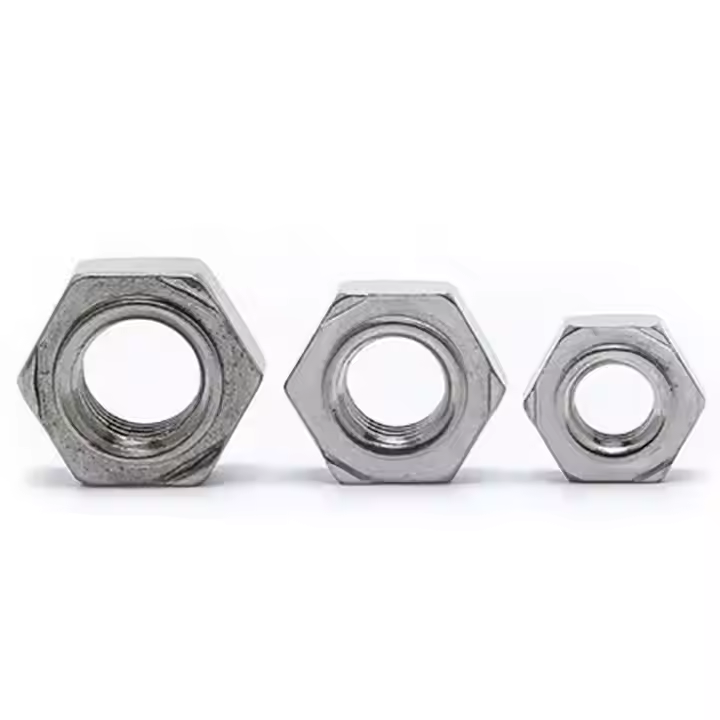
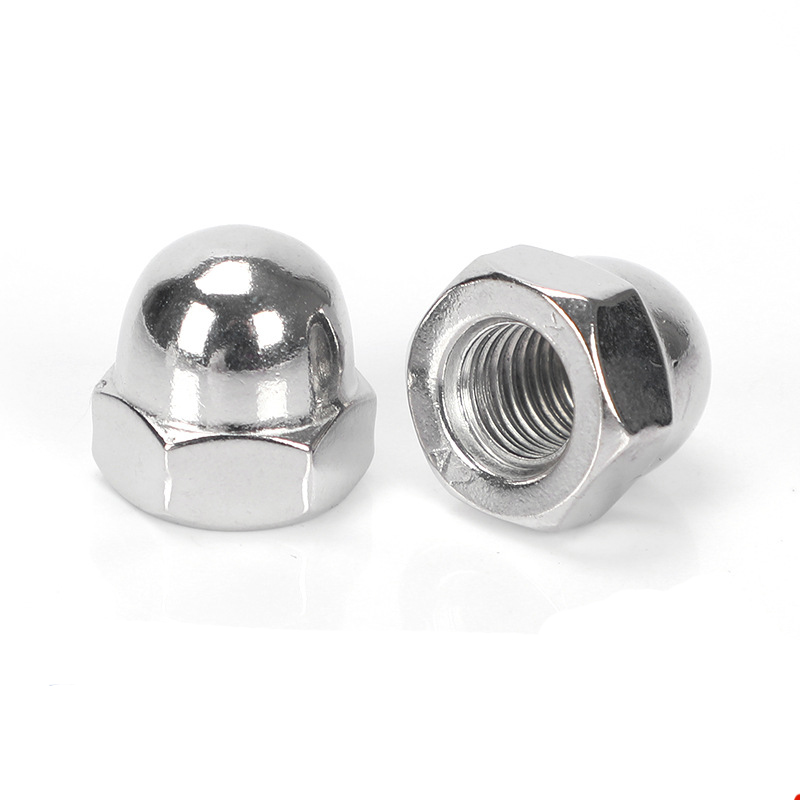
Please enter your email address and we will reply to your email.